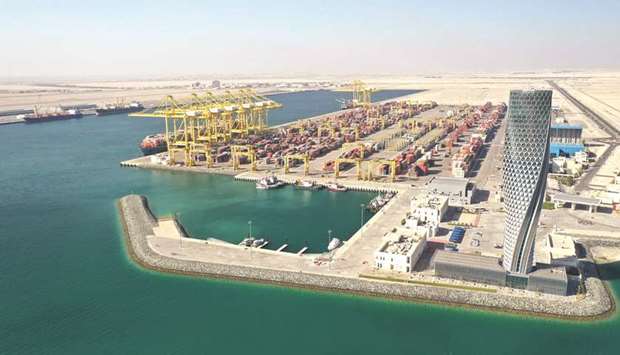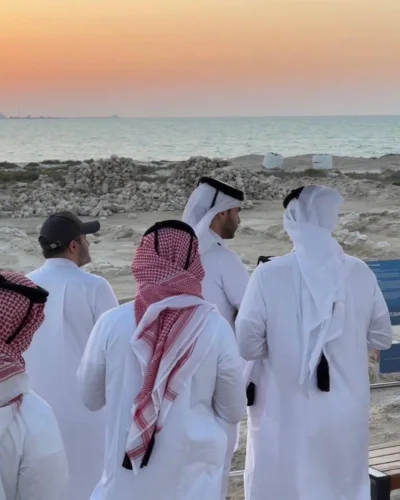The 1,000-day air and sea blockade has rather fastened Doha’s efforts to gear up its maritime infrastructure and allied sectors in order to provide extra cushioning for its economy, where import substitution is catching up, an indicator of growing self-sufficiency in some underlying sectors.
QNB, the country’s leading public sector bank, recently said Qatar’s plans to raise the liquefied natural gas production to 126mn tonnes per annum by 2027 will lead to a major boom in the maritime transport and logistics services industry in the country
Apart from inviting mega cruise and freight liners as well as opening floating hotels, Qatar also launched vessel monitoring project to enhance maritime security and preserve marine environment. Also it forayed into the Black Sea region to manage and operate a Ukrainian port, indicating Doha’s long-term vision in the global maritime sector. Qetaifan Projects, a company owned by Katara Hospitality, is set to construct and operate 16 floating hotels on the shores of Qetaifan Island North to provide accommodation within the fan villages during the FIFA World Cup 2022.
Hamad Port, which has in a short period occupied a distinguished position among the ports of the region in the volume of container and cargo handling, entered into a pact with a global giant MSC or Mediterranean Shipping Company.
Through this tie up, MSC will use Hamad Port as its regional hub to manage transshipments for up to 150,000 containers per year, growing to 1mn by 2023.
Asserting that the plan is to transform Qatar into a vibrant regional trading hub in the region, HE the Minster of Transport and Communication Jassim Seif Ahmed al-Sulaiti said the agreement with MSC “contributes to the optimal utilisation of the capabilities of Hamad Port and will enhance the import and export operations through it.”
The annual turnover of Hamad Port is one of the highest compared to neighbouring ports. It is also the second largest port in the region in terms of capacity at a rate of 7.5mn containers annually.
An about 10-fold growth in the container traffic through Hamad Port, which recently set a new Guinness World Record as the deepest artificial basin ever made on Earth, helped Qatar register a robust expansion in net tonnage in November 2019.
The total number of vessels calling on Qatar ports stood at 491 and Hamad Port, which has seen the world’s largest shipping companies seek entry and growth in the Qatari and regional markets, berthed 137 vessels, as per the latest data of the Planning and Statistics Authority.
Hamad Port’s strategic geographical location offers opportunities to create cargo movement towards the upper Gulf, supporting countries such as Kuwait and Iraq, and south towards Oman, QTerminals chief executive Neville Bissett had said.
Doha Port saw up to 3.5mn cubic metres of material in the approach channel been cleared and an extra berthing has to accommodate more than one giant cruise ship.
“Transforming Doha Port into a main hub for cruise ships in the region will generate significant economic returns to several key industries in Qatar like hotels, restaurants, retail and service sectors. Additionally, it’s going to be one of Qatar’s key landmarks during the FIFA World Cup 2022, “said Sheikh Mohamed bin Khalid al-Thani, Director of Technical Affairs, MoTC.
Qatar, already a brand in itself in the clean gas market, is carving out its niche in the global maritime sector when its terminals company made a foray into Black Sea region.
QTerminals, a joint venture between Milaha and Mwani Qatar, recently won concession to develop, manage and operate Olvia port, which represents an exceptional opportunity on developing and operating world ports. It will invest some $120mn in the Ukrainian port during the concession term of 35 years.

The 1,000-day air and sea blockade has fastened Doha’s efforts to gear up its maritime infrastructure and allied sectors in order to provide extra cushioning for its economy



